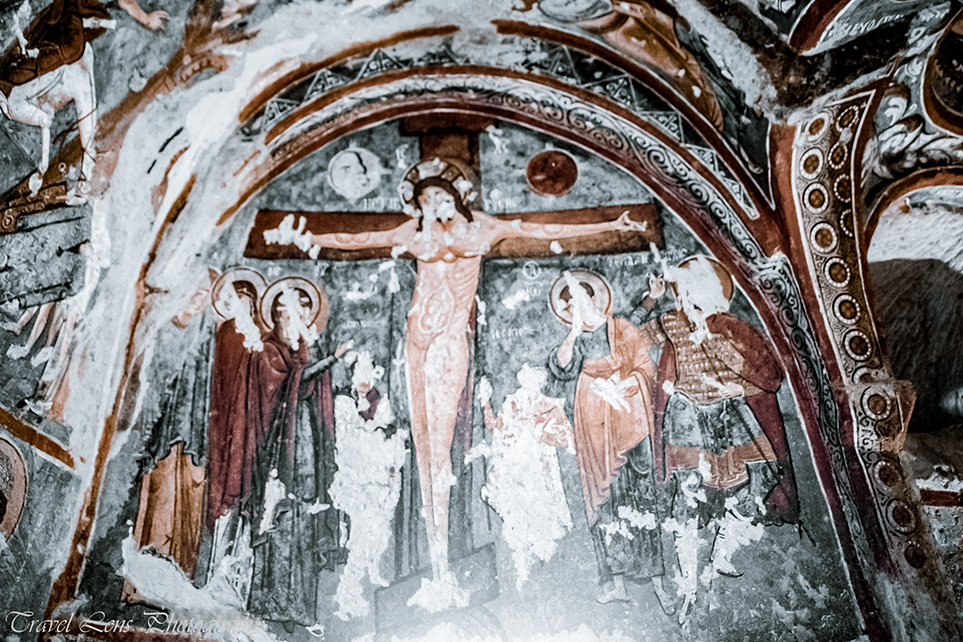
Cappadocia is one of the most popular cities in Turkey and home to the Goreme Open-Air Museum. This was home to nuns and monks who lived within the rock caves during the early Christian periods creating artwork to tell the story of Jesus Christ.
These unique rock formations were a place for Christians to worship and learn about Christ. This holy place became a part of the UNESCO World Heritage list in 1985. Colorful frescos, along with unique geometric designs, tell the life story of Jesus Christ and Bible passages.
Architecture of Churches
Throughout this region of Turkey is the unusual (fairy chimney) rock formations emerged from erosion of soft layers of lava and ash from Mount Ercives (Argeus), Mount Hasan, and Mount Gulu combined with wind and rain over millions of years.
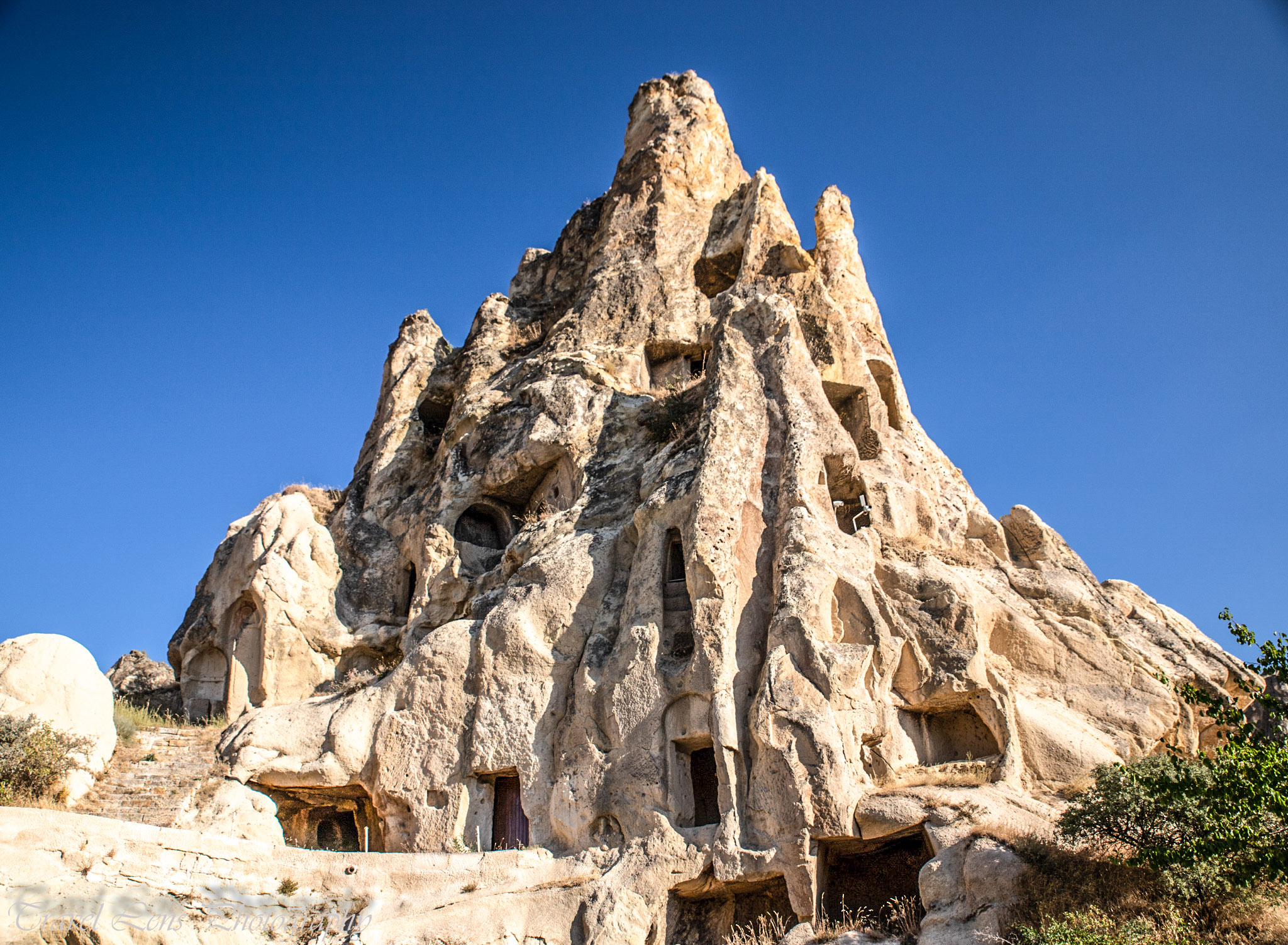
Churches were carved out of the rock formations along the valley regions of Cappadocia to utilize the rich land and water resources. The type of architecture used here is called “rock-cut.” Instead of adding materials to build a structure, this process subtracted rock to create a space. Instead of building columns, arches, and domes from the floor up, they carved these structures out of the stone.
The exterior of these churches is neither structurally nor architecturally attractive, but it is exceptionally durable. Although the technique is much different in building a church, the interior design is very much the same as the traditional designs. This design also provided a great hiding place to allow them to participate in their religion without any interference or attacks.

With limited resources, these types of churches had their advantages. They were very inexpensive to build as they did not need supplies to construct them. Carved out of the existing rock is the furnisher, such as benches, tombs, and altars. Because of their locations, they are protected from looters as well as weather and other natural occurrences.
Why were churches built within the rocks?
Christians arrived in Cappadocia during the 3rd century and made Goerme a central location for education about their faith. Here, the region became their safe house as they continued to spread the Christian doctrine. During the 4th century, Romans banned iconoclasm. Although the banned existed, many of the Christians continued to worship here, creating monasteries.
It was during the Arab raids that Cappadocia rock churches became a refuge for Christian escaping prosecution. Peace returned to the region during the Ottoman Empire, as they were free to practice their faith. It wasn’t until the Treaty of Lausanne in 1924 that most Christians migrated elsewhere, leaving these beautiful structures behind.
Churches within the Goreme Open-Air Museum
Ornately arranged is the Goreme Open Air Museum to explore religious art history. Within the landscape, we found churches, dining halls, living spaces, and chapels.
St. Basil Chapel is a tiny chapel, built in the 11th century. The chapel, which has a rectangular nave and a barrel vault, has three apses. On the central apse, there are depictions of Jesus Christ, Child Jesus, and Mary.
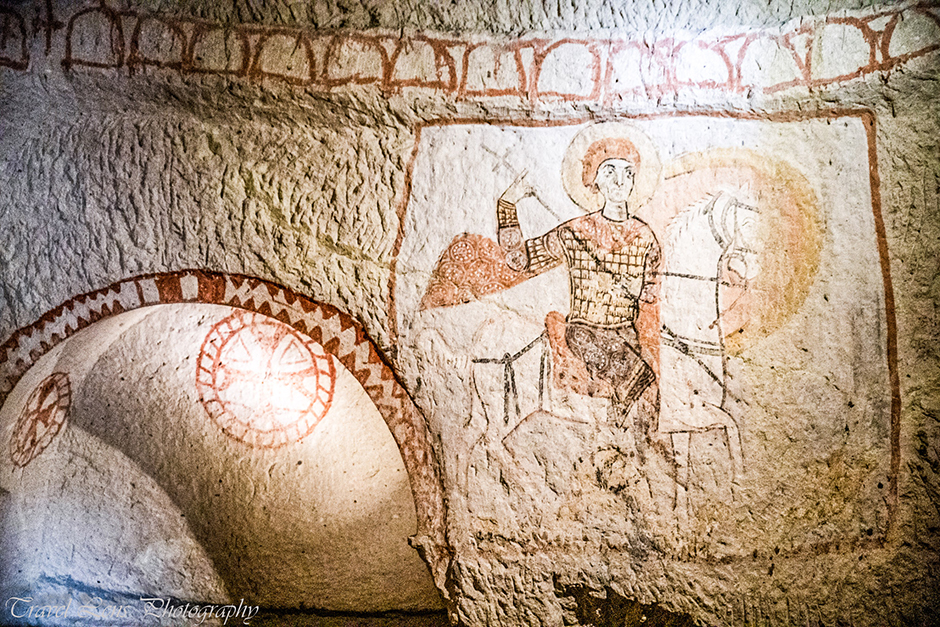
St. Basil Church
Apple Church is one of the most important churches to see while visiting the museum. The architecture has unique ornaments and displays of different religious thoughts on nine domes. The church was restored and repainted per its original design. The church got its name from the painting showing Mikhail holding an apple in his hand.
Scenes from the Bible and Torah are painted on the walls and a must-see when visiting the church.
St. Barbara Chapel was dedicated to Egyptian Barbara, who was killed because her father was a Christian, and then she was considered into sainthood. Filling the walls are geometric shapes and mythological animal figures to tell a story. In the center of the dome is a massive portrait of Jesus Christ.
Snake Church is famous for its fresco of St. Onuphrius, who wandered as a monk in the Egyptian desert. Inside the church are unique drawings depicting Roman soldiers wanting Jesus Christ’s fortune after being crucified.
Dark Church is true to its name, with only a tiny window providing light. To enter, we walked up a long stairway. It is believed to have been established in the 11th century.
The darkness protected the paintings on the walls for centuries. The scenes tell the story of not only Christians but also of Judaism.
- To enter Dark Church will require an additional fee. Not included with Museum Card Pass.
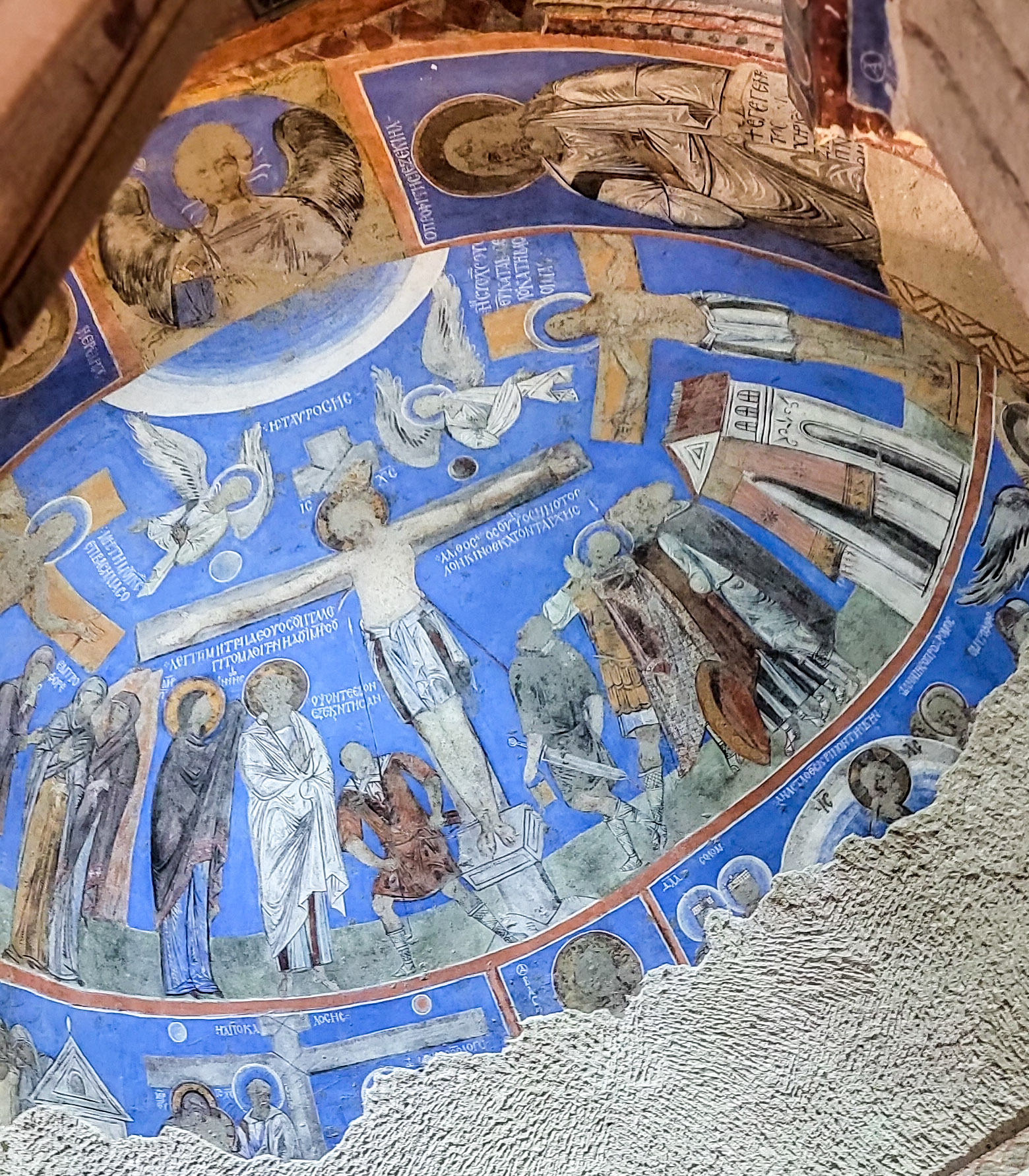
Watch the video to explore the church. Click below.
St. Catherine Chapel was built by a Christian benefactor whose name is Anna. St. Catherine, an Egyptian monk who saw Jesus Christ in her dream and discovered his ring on her finger when she awoke. Depictions of Saints and scenes from the Bible are painted on the walls. Within the chapel are many ancient tombs.
The Sandals Church dates to the early 13th century and is located near the Dark Church. What makes this church unique is the frescos’ figures, which earned its name by depicting sandaled footprints, which show the ascension of Jesus Christ. The walls tell the life cycle of Jesus Christ and depictions in the Torah.

The Sandals Church
You can find The Buckle Church outside the Goreme Open Air Museum. It is the biggest and oldest church of all in this area. The church is said to have been built during the 10th century. Within this site are four different areas: the old church, the church under the old church, the new church, and the chapel. The church received its name due to the designs painted on the sphere, which looks like a big buckle. One of the most compelling scenes is the angels believed to carry God’s throne into heaven.
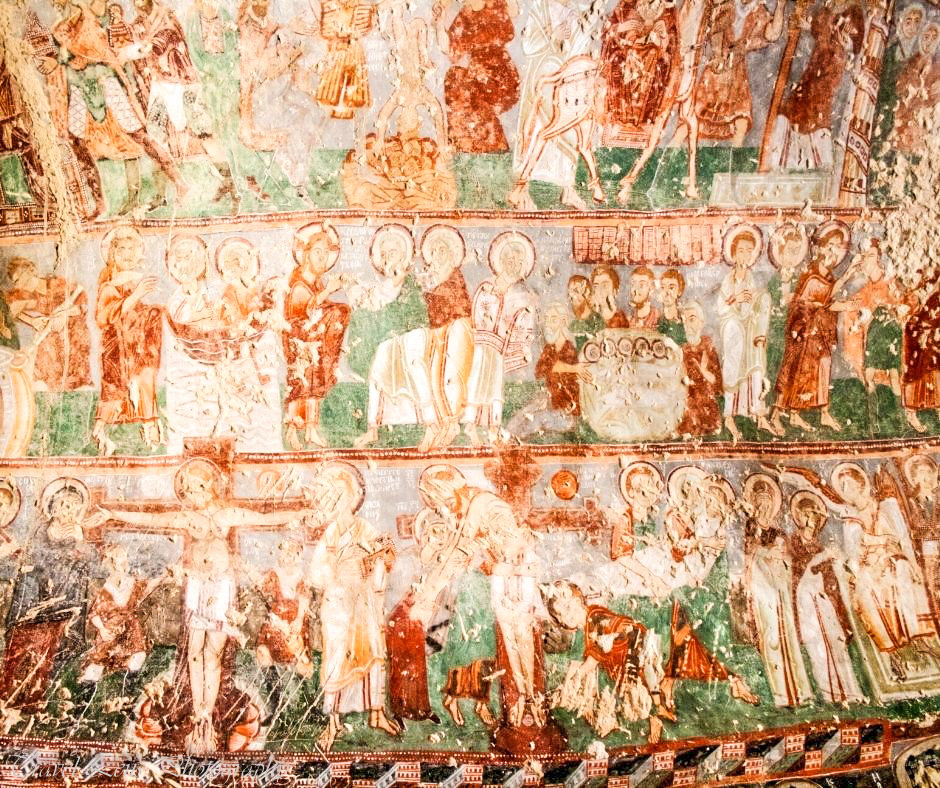
The Buckle Church
Girls and Boys Monastery
Students who trained to become nuns or monks in the 11th century visited this area to spread the knowledge and teaching of Christianity to the world. The monastery has multiple levels, including a kitchen, dining hall, and church. Various tunnels connected the areas for passage, but some of these have collapsed due to erosion.
We loved our trip to Cappadocia and its surrounding areas and hope you will too!
Enjoy your travels! Please read my blogs about other exciting places around the world at Traveling Lens Photography.
If you want to read more about Antalya, follow me on Facebook, Instagram, or Pinterest as I share my journey.
Inshallah (God willing!)
General Museum Information and Tips
Location: 13 km from Neysehir, 2 km from Goreme, and 3 km from Cavusin.
- By Car: No Parking available near the entrance. You will need to park before arriving at the museum entrance (for a small fee).
Entrance Fee: 25TL or free with a Museum Card. Ticket prices change, so visit the website.
Visiting Hours: April 1st – October 1st: 8:00 – 19:00 (summer months), October 1st – April 1st: 8:00 – 17:00 (winter months); Religious days close at 13:00.
Tours: Tour guides are available to join, or you can rent headsets to listen to the exhibits as you walk about the museum for a fee. I highly recommend it!)
Tips:
- Wear sneakers are good walking shoes as you will be walking on uneven ground and up-stairs.
- When visiting in the summer, you will want to have shade as there are few trees.
- Wear sunscreen
- Bring bottled water.
- Bring a camera but understand that you will not be allowed to photograph in some of the churches.



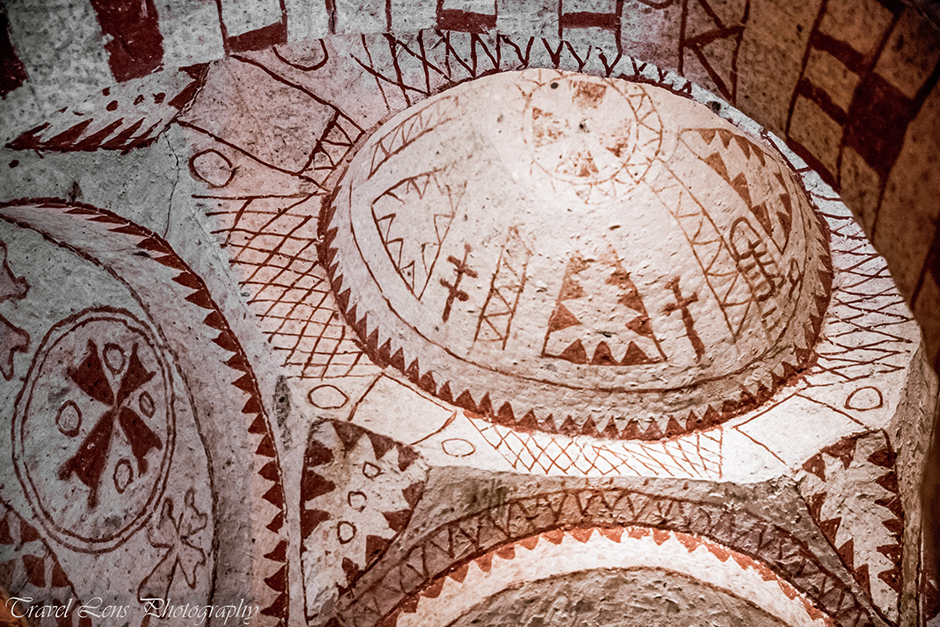
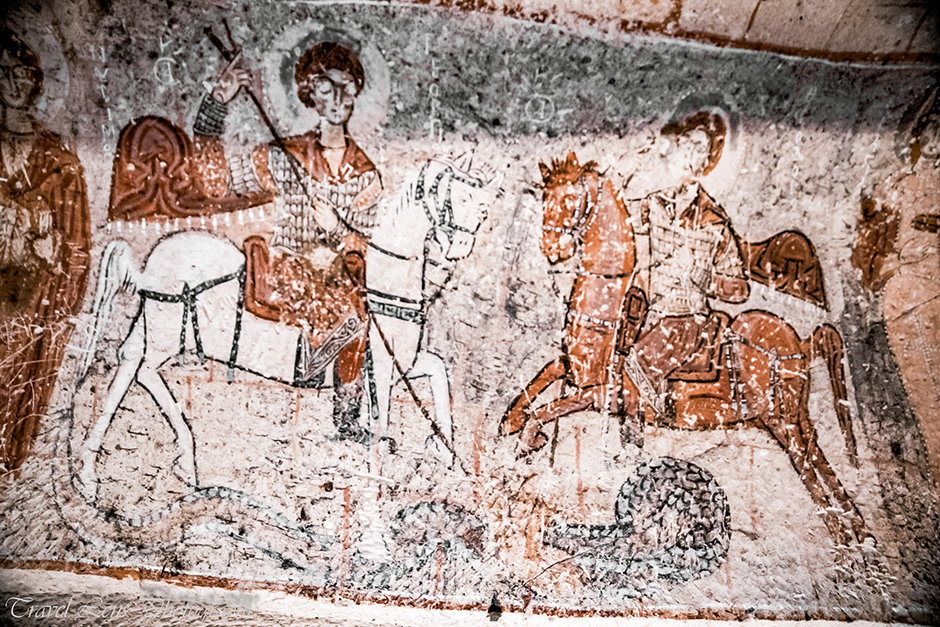
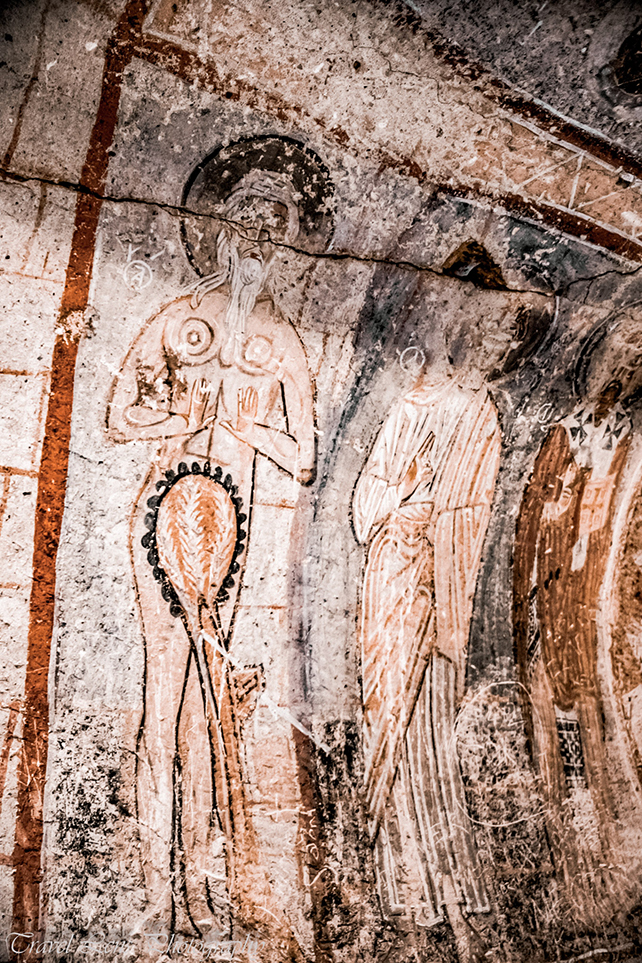
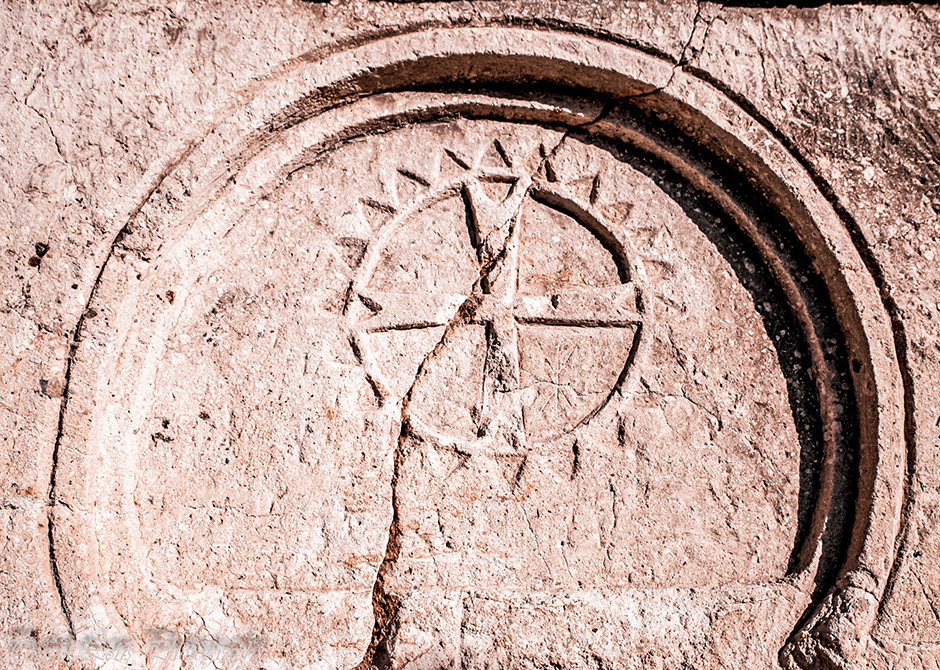

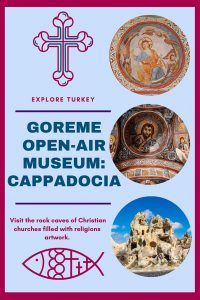

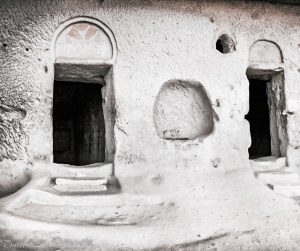
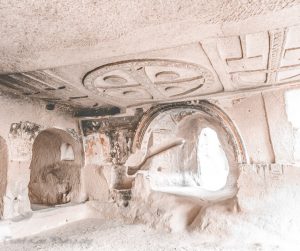
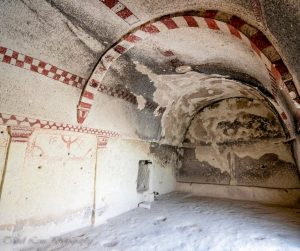
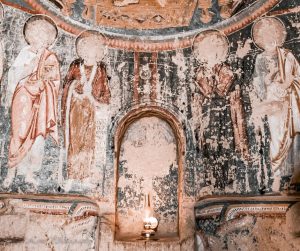
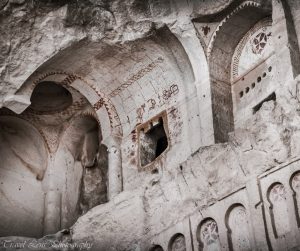
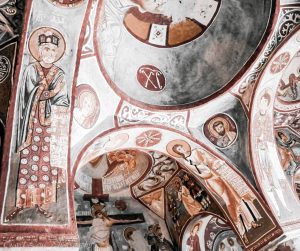
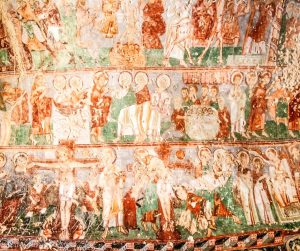
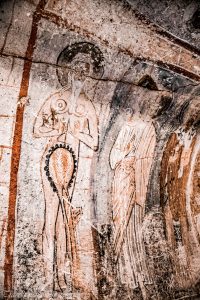
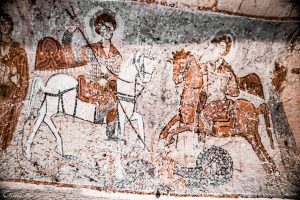
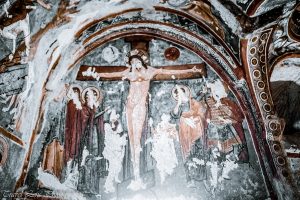
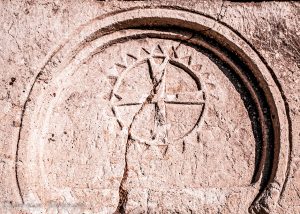
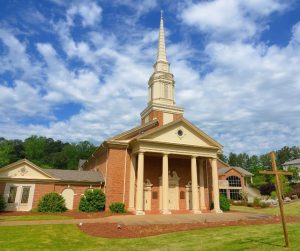
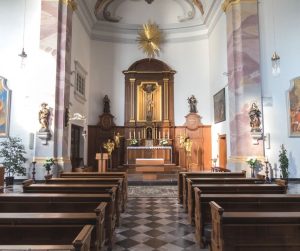
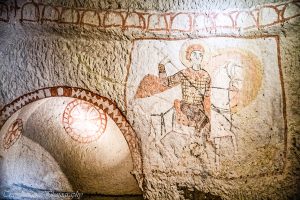
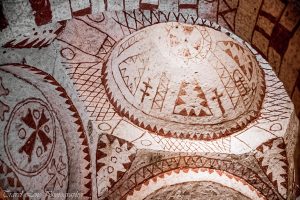
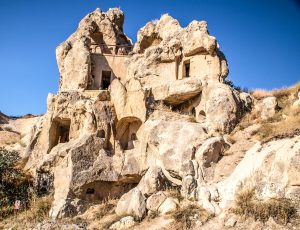
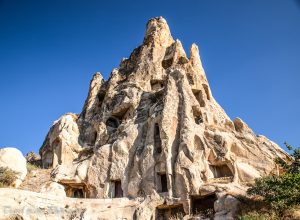
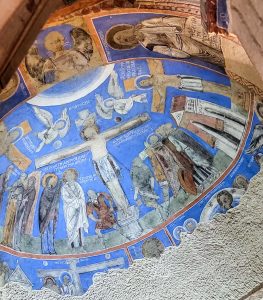
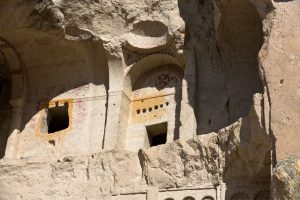

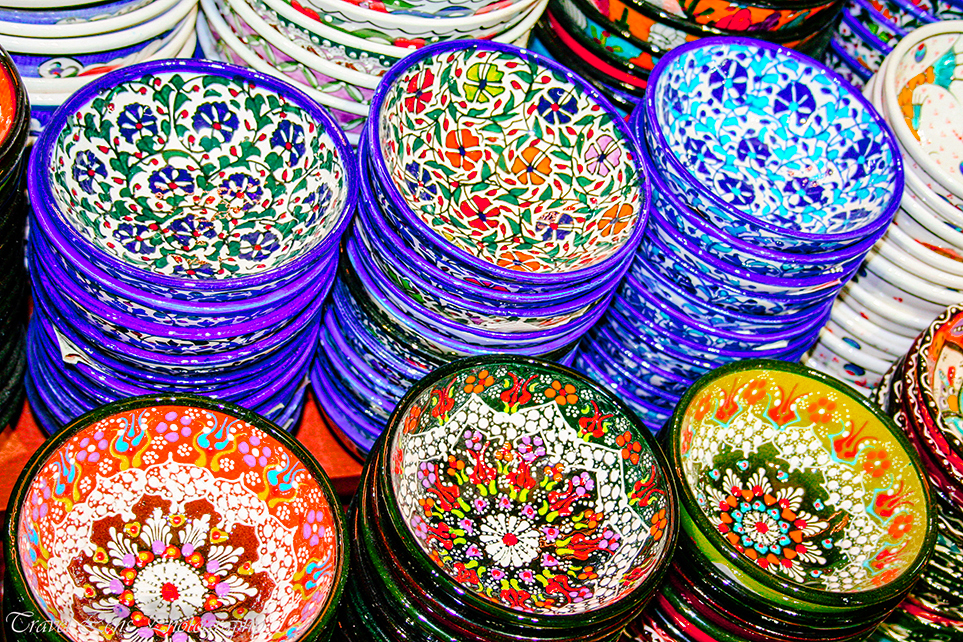
Pingback: Top 10 Places to Visit in Turkey - Travel blog | Traveling Lens Photography